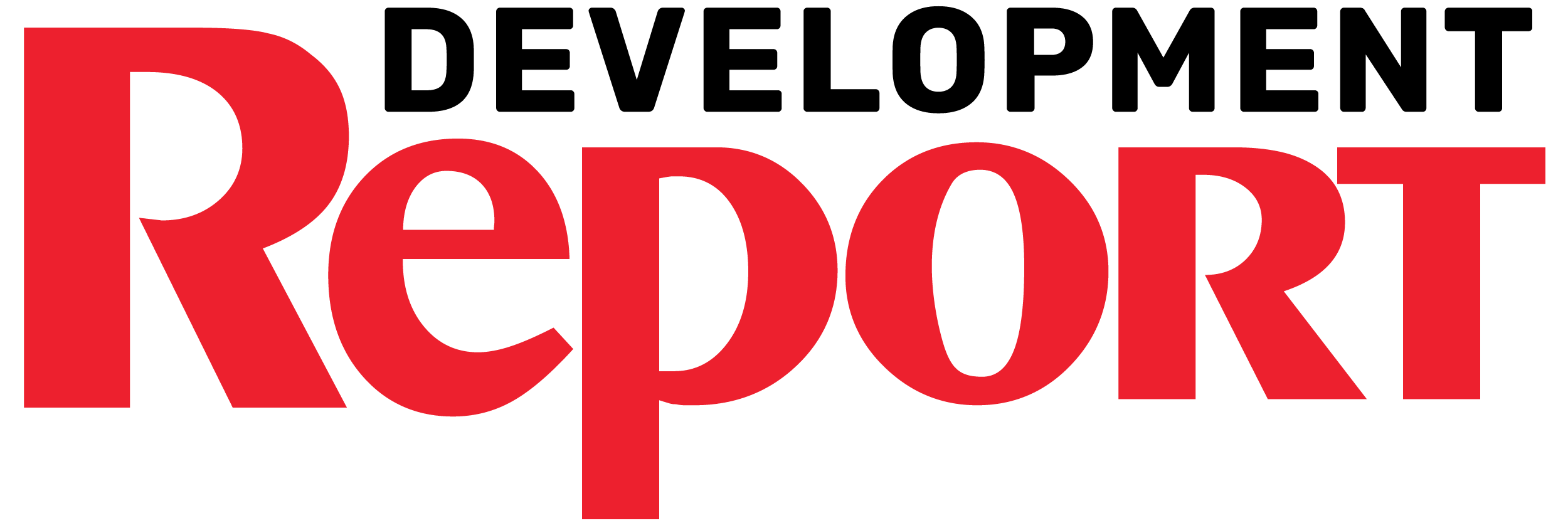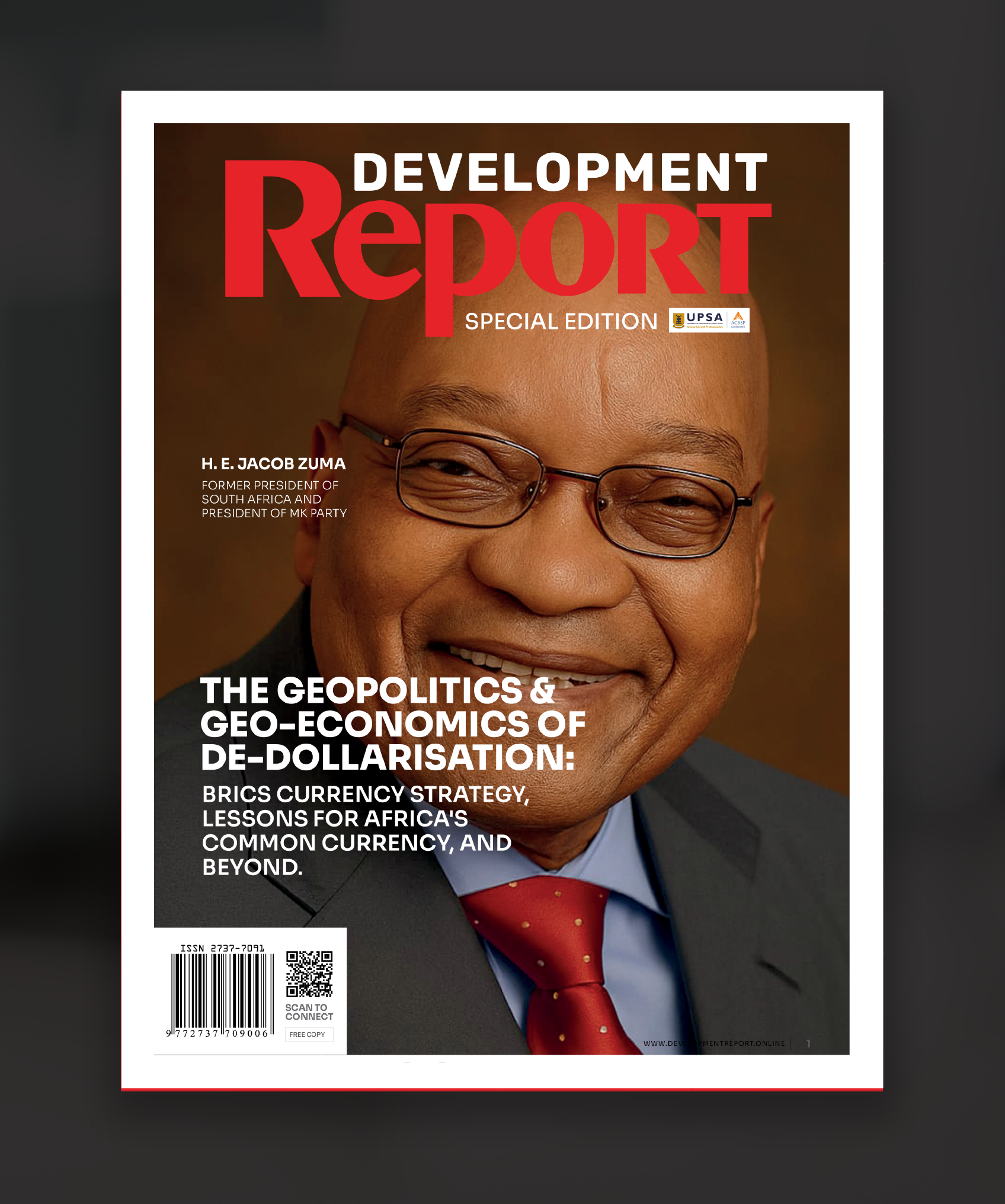In today’s globalised economy, cross-border transactions between related companies are essential to the modern-day business operations and strategies of multinational enterprises (MNEs). However, these transactions pose complex challenges in ensuring compliance with both transfer pricing (TP) regulations and customs rules. Despite their distinct objectives, both frameworks aim to ensure fair and transparent valuation practices. As Ghana deepens its integration into global trade networks, including the African Continental Free Trade Area (AfCFTA), understanding and harmonising the interaction between transfer pricing and customs valuation is critical to fostering compliance and economic growth. This article explores the intricate relationship between transfer pricing and customs valuation in Ghana, emphasizing the need for alignment and integration to mitigate compliance risks and improve efficiency.
Understanding Transfer Pricing
Transfer pricing is a specialisation within the field of international and corporate tax law that determines the arm’s length price for products or services sold or rendered between related companies. The term “arm’s length” connotes “fair value” or “market value,” ensuring that the relationship between companies does not influence pricing upwards or downwards. Base Erosion and Profit Shifting (BEPS) refers to tax planning strategies used by MNEs to exploit gaps and mismatches in tax rules, shifting profits to low or no tax jurisdictions where little or no economic activity occurs. This erodes the tax base of higher-tax countries, depriving them of much-needed revenue. Non-arm’s length pricing allows related companies to manipulate taxable income, optimizing their effective tax rate at the expense of a country’s tax base. Transfer pricing in Ghana is governed by the Transfer Pricing Regulations, 2020 (L.I. 2412), under the Income Tax Act, 2015 (Act 896).
Understanding Customs Valuation
Customs valuation, governed by the World Trade Organization (WTO) Customs Valuation Agreement, determines the value of goods for levying customs duties. In Ghana, this framework is incorporated under the Customs Act, 2015 (Act 891). Customs duties are essentially taxes on the import or export of goods, calculated as an ad valorem duty—a tax based on the value of the goods rather than the income of the company trading them. The valuation method most commonly used is the “transaction value,” defined as the price actually paid or payable for imported goods. However, if the buyer and seller are related, the transaction value is acceptable only if the relationship has not influenced the price.
The Relationship Between Customs and Transfer Pricing in Ghana
Globally, the interaction between customs valuation and transfer pricing is increasingly relevant as businesses engage in cross-border transactions, a trend that is equally evident in Ghana. Both disciplines aim to ensure fair and accurate pricing in international trade, yet they operate under distinct legal frameworks and serve different objectives. While TP primarily focuses on income tax compliance, it significantly impacts customs valuation due to the reliance on declared transaction values. Section 67 of the Customs Act, 2015 (Act 891), emphasizes that the transaction value should reflect the actual value of imported merchandise, ensuring that the relationship between transacting parties does not influence the price. Similarly, transfer pricing regulations demand that intercompany transactions adhere to arm’s length principles. Misalignment between these frameworks can lead to compliance risks, financial penalties, and inefficiencies for MNEs.
Integration of Customs and Transfer Pricing
Given the significant overlap in cross-border transactions, integration or joint approaches to customs and transfer pricing are essential. Currently, MNEs must navigate separate valuation rules, documentation requirements, and audits for customs and TP. This lack of coordination exposes businesses to risks, including potential tax adjustments, penalties, and others.
Case Illustration
Consider an automotive manufacturer and its related party distributor who operates in Ghana. The distributor imports vehicles from the manufacturer and sells them in the local market. During a transfer pricing audit for the years 2014-2016, the tax authority determines that the distributor’s profit margins are not at arm’s length and adjusts them upwards. This adjustment suggests that the purchase price paid by the distributor to the manufacturer was too high, reducing the distributor’s taxable income in Ghana. From a customs perspective, this adjustment raises critical questions. If the purchase price—used as the transaction value for customs purposes—was too high, it could mean the distributor overpaid customs duties on the imported vehicles. The distributor may now consider seeking a refund for the overpaid duties. However, customs authorities might question whether the original declared value accurately reflected the actual value of the goods, potentially triggering further scrutiny. This scenario highlights the interconnectedness of TP and customs valuation. For the MNE, an upward adjustment in transfer pricing could simultaneously lead to reduced customs duties (via potential refunds) and increased corporate tax liabilities. Conversely, customs authorities may be reluctant to issue refunds without clear evidence that the original transaction value was inflated due to related-party pricing. To resolve such complexities, a coordinated approach is necessary. This could involve agreements between units that are both responsible for TP and customs within the tax authority to ensure consistent treatment of adjustments or mechanisms to allow for mutual agreement procedures where adjustments impact both disciplines. The case underscores the importance of proactive planning and alignment in managing cross-border transactions to minimize risks and optimize compliance.
Benefits of Integration
• Simplification: Unified processes reduce administrative burdens for both businesses and tax authorities.
• Cost Savings: Joint audits and aligned documentation requirements minimize duplication of efforts.
• Increased Certainty: Clear policies and mutual agreements ensure consistent treatment of adjustments.
• While full integration may be challenging, incremental steps toward coordination can yield significant benefits. For instance, Ghanaian authorities could explore frameworks for aligning TP adjustments with customs consequences to balance compliance requirements with economic realities.
Recommendations
A. For Multinational Enterprises (MNEs)
• Align Policies: Ensure transfer pricing policies account for customs valuation rules, involving customs experts in policy design.
• Maintain Documentation: Update local file, master file, and country-by-country reports to address both TP and customs requirements.
• Conduct Health Checks: Periodically review intercompany transactions to identify and mitigate risks.
• Secure Advance Agreements: Obtain customs rulings and advance pricing agreements to clarify valuation methods and minimize disputes.
• Proactive Engagement: Anticipate tax and customs authorities’ approaches by integrating TP and customs considerations in compliance strategies.
B. For Ghanaian Tax Authorities
• Coordinate Divisions: Establish frameworks for collaboration between the Customs Division and Transfer Pricing Unit to ensure consistent application of valuation rules.
• Issue Clear Policies: Provide guidelines on post importation TP adjustments and their impact on customs valuation.
• Train Officials: Equip GRA officials with knowledge of TP nuances and their implications for customs valuation.
Conclusion
The relationship between customs and transfer pricing highlights the need for alignment in policies and practices. While their objectives differ, achieving consistency in valuation methods is essential to reduce compliance risks for businesses and ensure fair revenue collection by the government. As Ghana navigates its role in global trade, an integrated approach by MNEs and proactive engagement with the GRA will be pivotal in addressing the challenges and harnessing the opportunities of these interconnected disciplines.
Source: KPMG


